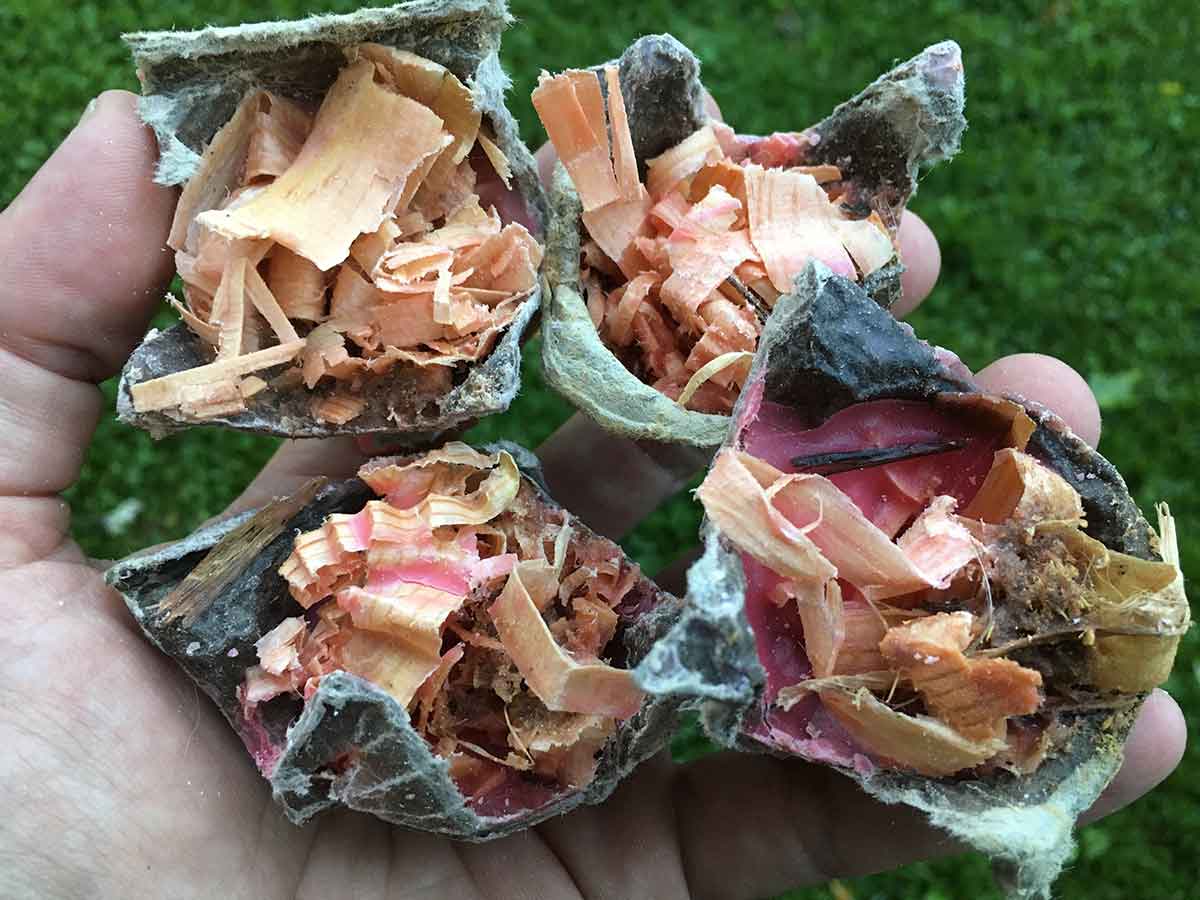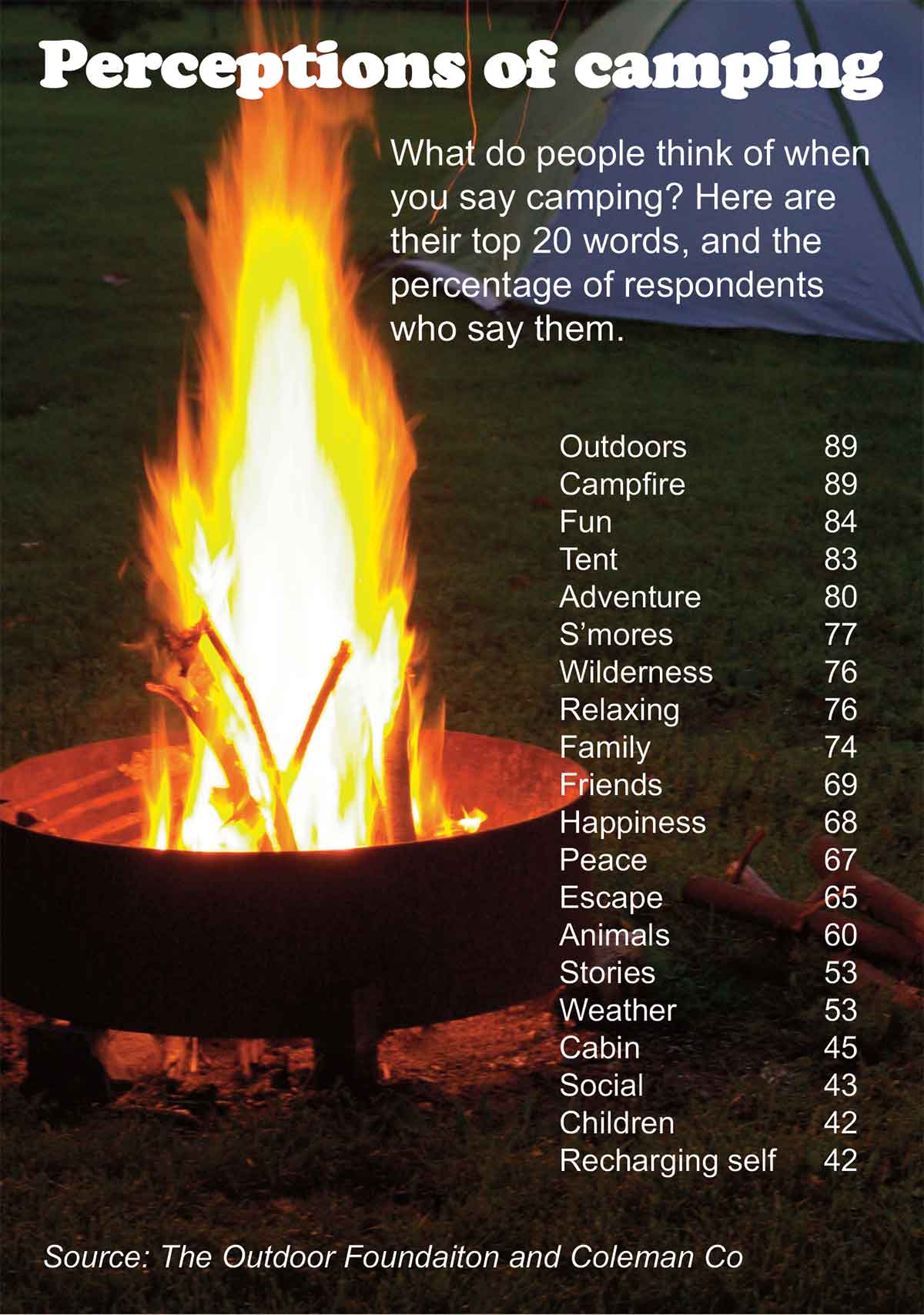
Homemade fire starters like these are handy to have in wet conditions.
Bob Frye/Everybody Adventures
You can forget the headlamps at home, get lost for a while when hiking or even pick the rainiest weekends in months.
But, brother, don’t screw up the fire.
Each year, the Outdoor Foundation and Coleman Co. produce an “American Camper” report. It tracks trends, looking at things like who’s camping, how often they’re going, what they do and more.
The 2017 edition surveyed campers, asking them what words they most associated with camping. The top 20 answers were listed, ranked from most commonly offered downward.
Two tied for the top spot, being mentioned by 89 percent of people.
One of those two words was “outdoors,” which seems obvious, but makes sense. The other was “campfire.”
People associate campfires with camping even more than they do family, friends and happiness.
So, yeah, you don’t want to be the guy or gal who takes someone out, then can’t get a fire going. It’s the kiss of death for your reputation.
Now, there are some basics to fire building. You gather tinder, which is really small sticks, grass, leaves or shaved bark, among other things; kindling, which is slightly larger wood; and finally fuel, which is wood on up to log-size.
In a perfect world, all those materials are available, in sufficient quantities, and it’s always dry.
Then there’s reality.
Sometimes – especially if you camp in a developed campground, which will be picked clean just weeks into the season, and will often be devoid of wood now – tinder and kindling are scarce or even nonexistent. And what is around can be wet, especially in years like this one.
So, cheat. Or prepare.
However you want to define it, set yourself up for fire-building success by making your own fail-safe fire starters at home. Here’s how to do it.
Take a bottom half of a cardboard egg carton – the half that held the eggs – and fill each of the cups with either wood shavings, sawdust or dryer lint. Put that on a baking sheet covered in foil.
In an old pot on the stove, melt a couple of candles (just be sure not to splash any water into the hot wax, as bad things will happen. Old ones you collect around the house will work fine.
Spoon or pour the melted wax into the cups, filling each one. This is where you need the foil – it collects spills and any liquid wax that bleeds through the carton.
When the cups are all full, set the carton aside and let it cool. When you can handle it, separate the cups, and what you have is 12 individual fire starters.
They won’t light from just a spark. But, they go a long way toward minimizing the need for a lot of tinder, or tinder that’s dry.
To use one, place the fire starter in your fire circle. Build a teepee or log cabin fire as you would normally, keeping in mind the basics, then add flame from a lighter or other fire-starting tool.
You’re reliably in business.
Each fire starter will burn for several minutes, long enough to get tinder and kindling that’s a bit wet going.
Then, grab the hot dogs, prepare the mountain pie irons, ready the Can Cooker and gather the s’mores supplies. Move your chair close to enjoy some warmth. Or just stare into the flames.
You made fire, and that’s what every camper wants.

Want to see more? Check us out on Facebook, Twitter and Instagram.









